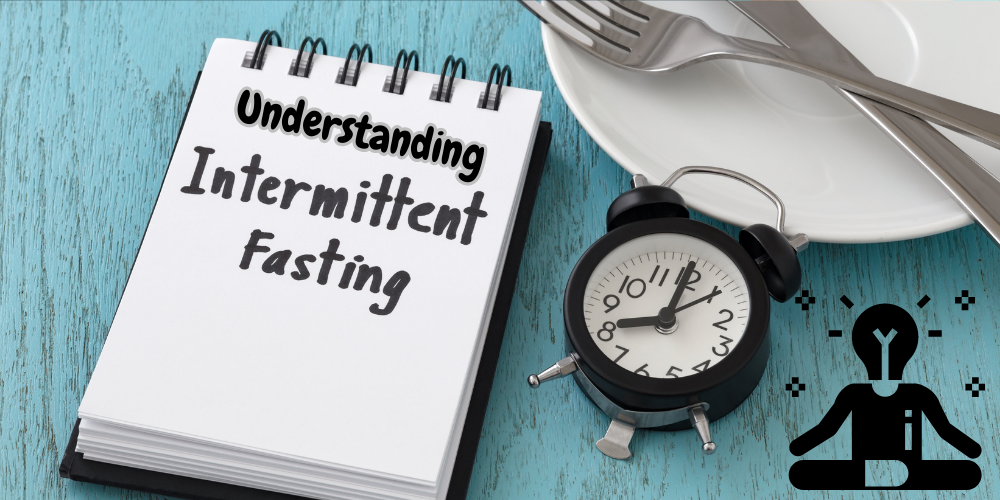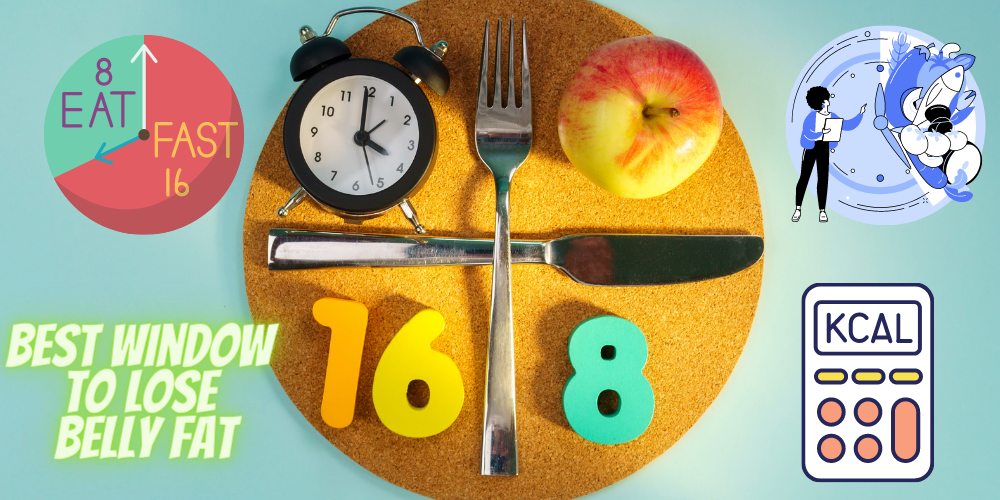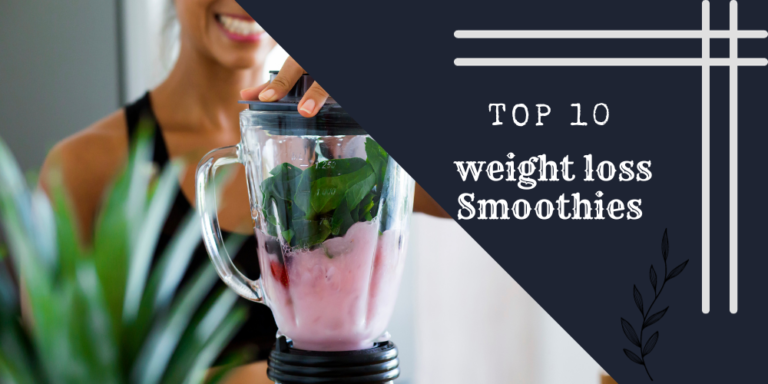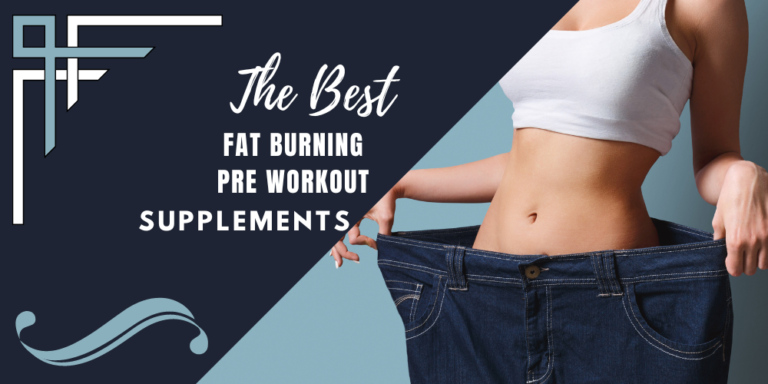Intermittent Fasting to Lose Belly Fat: Healthy Weight Loss
Intermittent fasting is not just a passing trend or fad, but an effective method backed by numerous studies and scientific evidence. Did you know that approximately 1.9 billion adults worldwide are overweight, and 650 million are obese?
Belly fat, in particular, is a problem that millions of people struggle with daily. If you have been using fat burners and doing 1,000 crunches a day and that belly still won’t budge?
Then it’s time for intermittent fasting! Fasting is a proven strategy to reduce belly fat, not only changing your physical appearance but also improving your overall health.
Before we start fasting and shedding that stubborn belly fat, we first have to understand what intermittent fasting is.
Understanding Intermittent Fasting

Intermittent fasting is an eating pattern that involves only eating during certain hours of the day or even certain days of the week. It’s not about what you eat, but when you eat it. (However, I suggest you still eat healthy foods for the best results.) There are several different ways to try intermittent fasting, but the most popular ones are:
16/8 Method: This involves skipping a meal and restricting your daily eating period to 8 hours, such as 1-9 p.m., then fasting for the remaining 16 hours of the day. This is the one I do. I eat from 8 a.m. to 4 p.m. If you are going to try this one I suggest that you end your eating window no later than 6 p.m. Unless you work the 3rd shift or are on a late-night schedule.
5:2 Diet: With this method, you eat as you normally would for 5 days out of the week and fast for 2 days. On the days you fast, you can consume some food but no more than 500–600 calories. When doing this method, I recommend evenly distributing your fasting days. For example, eat normally on Monday and Tuesday, then fast on Wednesday. Eat normally on Thursday and Friday, followed by another fast on Saturday, and so on.
Eat-Stop-Eat: This involves fasting for 24 hours once or twice per week. For example, not eating from dinner one day until dinner the next day. It’s similar to the 5:2 method but more focused on hours than days. You can eat every day of the week just make sure you eat lunch on Wednesday and don’t eat again until lunch on Thursday.
All of these methods can effectively reduce belly fat and improve overall health, it’s up to you which one will work best for your current lifestyle. Fasting alone will boost metabolism and burn fat but I highly suggest you still eat a healthy diet and exercise regularly.
What is the best intermittent fasting window to lose belly fat?

The 16/8 method of intermittent fasting has proven to be super effective for shedding fat, making it the best fasting window for losing belly fat. This approach involves fasting for 16 hours and keeping your eating window limited to 8 hours. It’s pretty cool because it aligns with your body’s natural rhythm, helping you metabolize food more efficiently. Plus, it’s sustainable and flexible, fitting right into your lifestyle without any crazy changes.
The Science Behind Belly Fat
Belly fat is often caused by an imbalance in the body’s metabolic health, diet regimen, physical activity, sleep, and stress. Hormones play a huge role in abdominal fat. The primary hormone involved is insulin, produced by the pancreas to regulate blood sugar levels. When we eat foods high in sugar or carbs, our blood sugar spikes, resulting in the pancreas producing insulin. This hormone moves sugar into cells to be used for energy and/or stored in fat cells, resulting in excess abdominal fat.
Cortisol, the stress hormone, also contributes to belly fat storage. When under stress, our body releases cortisol to help us handle the situation. However, chronic stress leads to prolonged cortisol release, which in turn, results in increased belly fat. Not only does stress make us crave unhealthy foods, but it also increases insulin levels and the body’s storage of visceral belly fat. This was one of my main problems. I started taking supplements to block cortisol, then I finally started losing belly fat.
Keep in mind sometimes it takes a few ways to reach your weight loss goals. For example, Thermogenesis, managing hormones (for me stress and testosterone) and intermittent fasting together have been a gamechanger for me!
Health Benefits of Intermittent Fasting
Intermittent fasting has become a popular strategy for reducing belly fat. Let’s take a look at some of the benefits:
Promotes Weight Loss and Belly Fat Reduction- During your fasting period your body utilizes the stored fat as uses it as energy. This results in fat loss.
Boosts Metabolism- Fasting boosts metabolism as it enhances your body’s ability to burn fat, mainly due to shifting your body from an insulin-resistant state to an insulin-sensitive one, This helps promote efficient energy usage.
Improves Insulin Resistance– This occurs because it promotes periods of low blood sugar, which in turn trains your body to utilize insulin more effectively.
Enhances Heart Health- Intermittent fasting boosts heart health by decreasing LDL cholesterol and inflammation markers, which are major factors in heart disease.
Promotes Cellular Repair and Metabolic rate- Triggers a process called autophagy. This is when the body repairs damaged cells and removes them through your waste.
May Extend Lifespan- It’s clear that fasting has many benefits to your overall health. When your body is working like it is supposed to and your organs are healthy you stand a much better chance at a long life.
Mental Clarity and Concentration- Research shows that intermittent fasting improves thinking and memory. It has been tested on animals and human adults.
Improves Energy Levels- I have been feeling way more energized throughout the day since I started fasting. It’s such clean energy as well not like stimulant energy.
Improved Physical Performance- Men who fast for 16 hours lose body fat but maintain muscle mass. Mice that showed an increase in endurance.
Improves Blood Pressure- It has been shown to improve blood pressure as well as resting heart rates.
Protect Organs against Chronic Diseases- Intermittent fasting can protect your body against diseases like type 2 diabetes, heart disease, cardiovascular disease and many others and even cancers.
Increased HGH- Fasting increases levels of human growth hormone (HGH) which helps repair muscle faster and preserve muscle you already have.
Keep in mind everybody is different and intermittent fasting affects everyone in different ways. For some older women blood sugar control has been negatively affected by fasting. The point is if you’re not sure about your health or if you have any medical conditions it’s best to speak with your doctor before making any changes to your diet and/or lifestyle.
Implementing Intermittent Fasting Safely
Starting intermittent fasting can be scary, but by following these guidelines, beginners can make the transition easier:
Start Slowly: Begin with a smaller fasting window, such as 12 hours, and gradually extend it over time. Your body needs time to adjust to this new eating pattern.
Stay Hydrated: It’s crucial to drink plenty of water during your fasting periods to stay hydrated. You can also consume non-caloric beverages like unsweetened tea or black coffee. (Water also helps me just by putting something in my stomach when it starts growling during my intermittent fasting window)
Eat Nutritious Foods: During your eating periods, focus on nutrient-rich foods. Include plenty of fruits, vegetables, lean proteins, and whole grains in your meals. (I try to eat healthy thermogenic foods to help lose weight and burn more calories. Even though fasting is about when you eat and not what you eat, your body needs to get the nutrients it needs.)
Listen to Your Body: Pay close attention to your body’s reaction when fasting. If you feel weak or dizzy, it might be a sign that you need to shorten your intermittent fasting window and/or eat more/better (healthier) during your eating window.
Regular Exercise: Regular physical activity complements intermittent fasting and can help improve its benefits. However, it’s important to schedule your workouts around your eating windows to prevent energy slumps and make sure your muscles get the protein they need for maintaining muscle mass. I do cardio for fat-burning and resistance training to gain lean muscle mass.
Remember, intermittent fasting is not a one-size-fits-all approach. What works for one person may not work for you.
Choosing the Right Intermittent Fasting Plan
There are several popular methods. Let’s take a look and see which intermittent fasting method is best for you.
The 16/8 method: This method involves fasting every day for 14-16 hours, leaving only an 8-10 hour window for eating. It’s quite popular because of its flexibility — you can skip breakfast or dinner depending on your schedule, making it convenient for people with a typical 9-to-5 job.
The 5:2 diet: This method involves consuming only 500–600 calories on two non-consecutive days of the week, and eating normally the other five days. This is suitable for those who want a less rigid fasting schedule and are okay with caloric restriction on fasting days.
Alternate day fasting: This method involves fasting for 24 hours once or twice a week. This method demands a higher level of discipline and may not be practical for those with physically demanding jobs or lifestyles.
The Warrior Diet: You fast during the day and eat a huge meal at night within a 4-hour eating window. This diet mimics the eating patterns of ancient warriors, making it a good fit for those who prefer to consume larger meals at once.
Extending your fasting window unlocks crazy benefits for the body. Longer fasts of 16 to 24 hours or more shift metabolism into fat utilization, triggering ketosis and promoting fat loss.
Extended fasting also promotes autophagy, a cellular cleansing process that enhances resilience, slows aging, and reduces chronic disease risk. Hormonal balance improves with increased human growth hormone levels, supporting muscle preservation and repair.
Choosing a fasting method highly depends on your lifestyle, health goals, and personal preferences. If you have a standard 9-to-5 job and prefer flexibility, the 16/8 method might work best for you. You can easily adjust the fasting window to fit your schedule.
On the other hand, if you can handle a continuous calorie restriction, the 5:2 diet could be your choice.
If you have discipline, and your lifestyle allows for a 24-hour fasting period a few times a week, consider alternate-day fasting. This method requires commitment but has significant results.
At last, the Warrior Diet is suitable for those who prefer a single large meal, typically in the evening. It’s an unconventional approach that mimics the eating patterns of ancient warriors. It is easier to have a calorie restriction when only eating one meal a day so not only will you lose stubborn belly fat, you will see amazing benefits as your body produces more HGH every single day.
Remember go slow, Just because you want extreme results does not mean you need to start with an extreme intermittent fasting routine.
Combining Intermittent Fasting with a Balanced Diet
While intermittent fasting can be a powerful tool for weight loss and overall health improvement, it is crucial to remember that its success largely depends on what you eat during your feeding periods.
Eating a balanced and nutritious diet is crucial. The benefits of fasting can quickly go to shit if the eating windows are just an opportunity to binge junk foods. High-quality proteins, fresh fruits and vegetables, healthy fats, and complex carbohydrates should be the backbone of your meals.
Here are some examples of meals that I like to have.
Breakfast (8:00 pm): Scrambled eggs with spinach and a slice of whole grain bread.
Lunch (noon): Grilled chicken salad with a variety of veggies, olive oil and vinegar dressing.
Dinner (3:45 pm): Broiled salmon with a side of steamed broccoli.
When I’m at work I usually have something like:
Breakfast: Greek yogurt with honey and walnuts or protein shake.
Lunch: Tuna salad with whole grain bread.
Dinner: Grilled steak with sweet potato and green beans.
These foods are not just filling but also provide your body with essential nutrients it needs, especially when you are on a calorie restriction.
Maximizing Belly Fat Loss Through Exercise

While diet is a critical part of the weight loss journey, incorporating both cardio and strength training exercises can greatly improve the benefits of intermittent fasting, especially in terms of belly fat loss.
Cardio is great for improving cardiovascular health and belly fat burning.
Cardio exercises: (that I like)
walking
cycling
swimming
jump rope
basketball
tennis
pickleball
Boxing
These exercises increase heart rate and respiratory function, leading to increased fat oxidation and weight loss, especially in the abdominal area.
On the other hand, strength training exercises help build muscle mass.
Strength training exercises: (that I like)
Weight lifting (Bench press, Deadlifts, etc.)
Resistance training (chest flies, curls, etc.)
Calisthenics (push-ups and pull-ups)
While cardio exercises are known for burning calories, strength training keeps your metabolism elevated even post-workout, promoting further fat burn.
Additionally, muscles are metabolically more active than fat tissues. The more muscle mass you have, the more calories your body burns, even at rest.
Combining intermittent fasting with both cardio and strength training exercises not only maximizes fat loss, especially belly fat, but also promotes overall fitness and health.
It is, however, important to remember to listen to your body and not to overdo it. Make sure to hydrate well, warm up before exercising, and cool down afterward to prevent injuries.
Overcoming Challenges and Staying Consistent
One of the common challenges we face during intermittent fasting is dealing with hunger pains. Don’t worry, it’s completely natural as your body adjusts to a new eating schedule. But hey, here’s a tip: try drinking plenty of water, herbal teas, or coffee without sweeteners to help manage those hunger pains.
Now let’s talk about another challenge: lack of energy during fasting hours. But fear not, my friend! One solution is to make sure you’re consuming nutrient-dense foods during your eating windows. This can help keep your energy levels stable and prevent fatigue.
Oh, and social events can be a bit tricky, right? Well, if possible, try to schedule your eating window during those events or simply stick to zero-calorie beverages.
Lastly, let’s address the weight plateau or even weight gain that some people may experience due to muscle gain from their exercise routine. Remember, progress is not always a straight line, but consistency is the key! Stick with your routine, and improvements will come with time. You’ve got this!
Monitoring Progress and Celebrating Success

Discuss ways to track progress beyond the scale, such as measurements and clothing fit.
To truly gauge your progress, it’s important to look beyond the scale. It’s not about body weight all the time try to take body measurements. Measure your waist circumference, hips, chest, thighs, and arms at regular intervals. These numbers can be more telling than your weight alone, as muscle is denser and takes up less space than fat, so even if your weight remains the same, you could be losing inches.
Another effective way to track your progress is by paying attention to how your clothes fit. Are your jeans a bit looser? Is that shirt fitting better around your shoulders? Noticing these changes can be incredibly satisfying and motivating.
Remember, your health journey is about more than a number on the scale. These non-scale victories are signs of progress and should be celebrated just as much as any weight loss.
Final Thoughts On Intermittent Fasting
Intermittent fasting to lose belly fat is a natural and effective approach to weight loss. A scientific review discovered something interesting: intermittent calorie restriction leads to a similar amount of weight loss as continuous calorie restriction but with a smaller decrease in muscle mass. Pretty cool, right? I think it is safe to say intermittent fasting to lose belly fat is a foolproof system if you have the discipline you will get rid of that stubborn belly fat once and for all. I wish you luck on your intermittent fasting journey. If you need any help, inspiration or just have a question feel free to leave a comment. I believe in you, you got this and stay healthy my friends!







